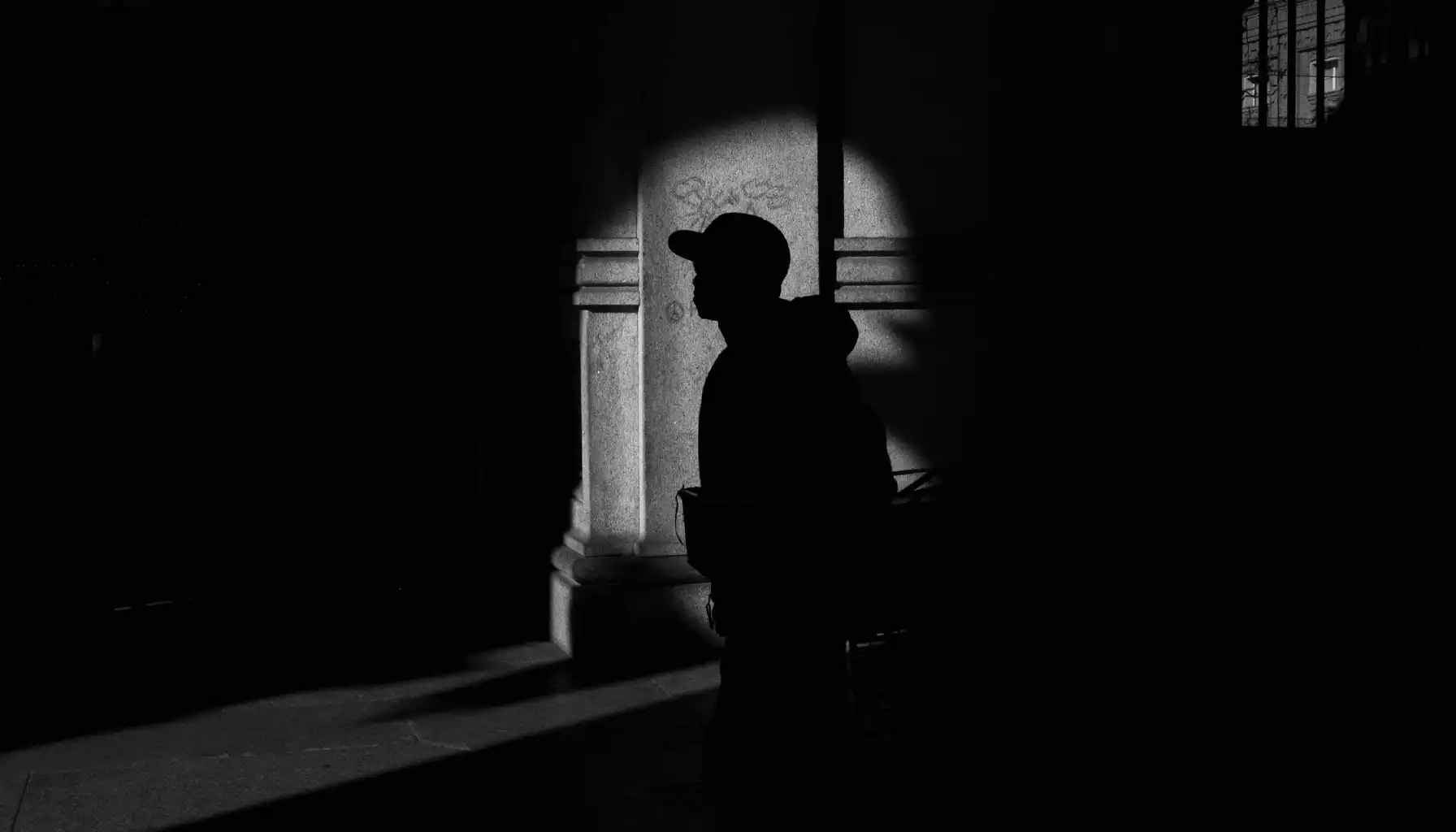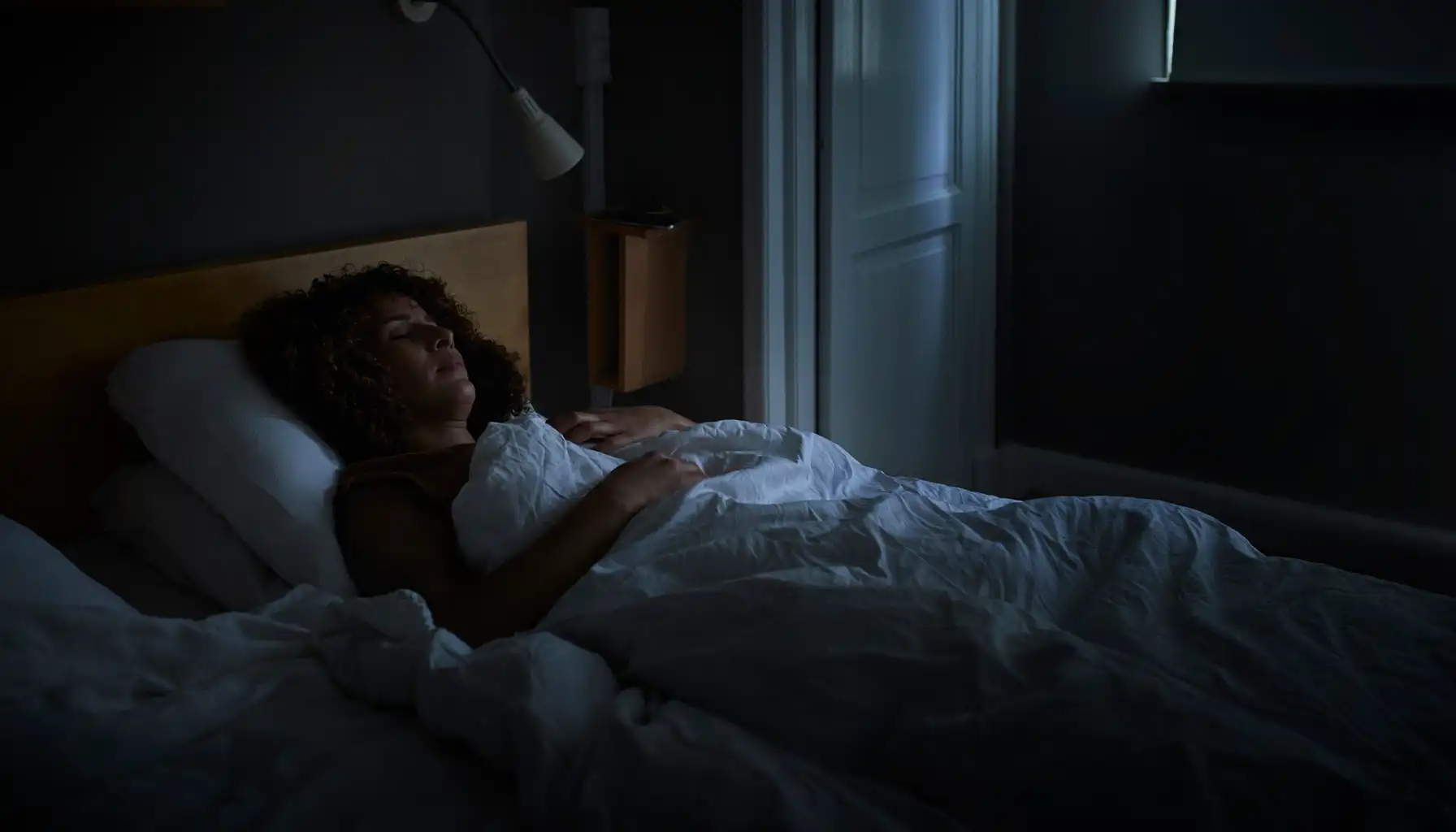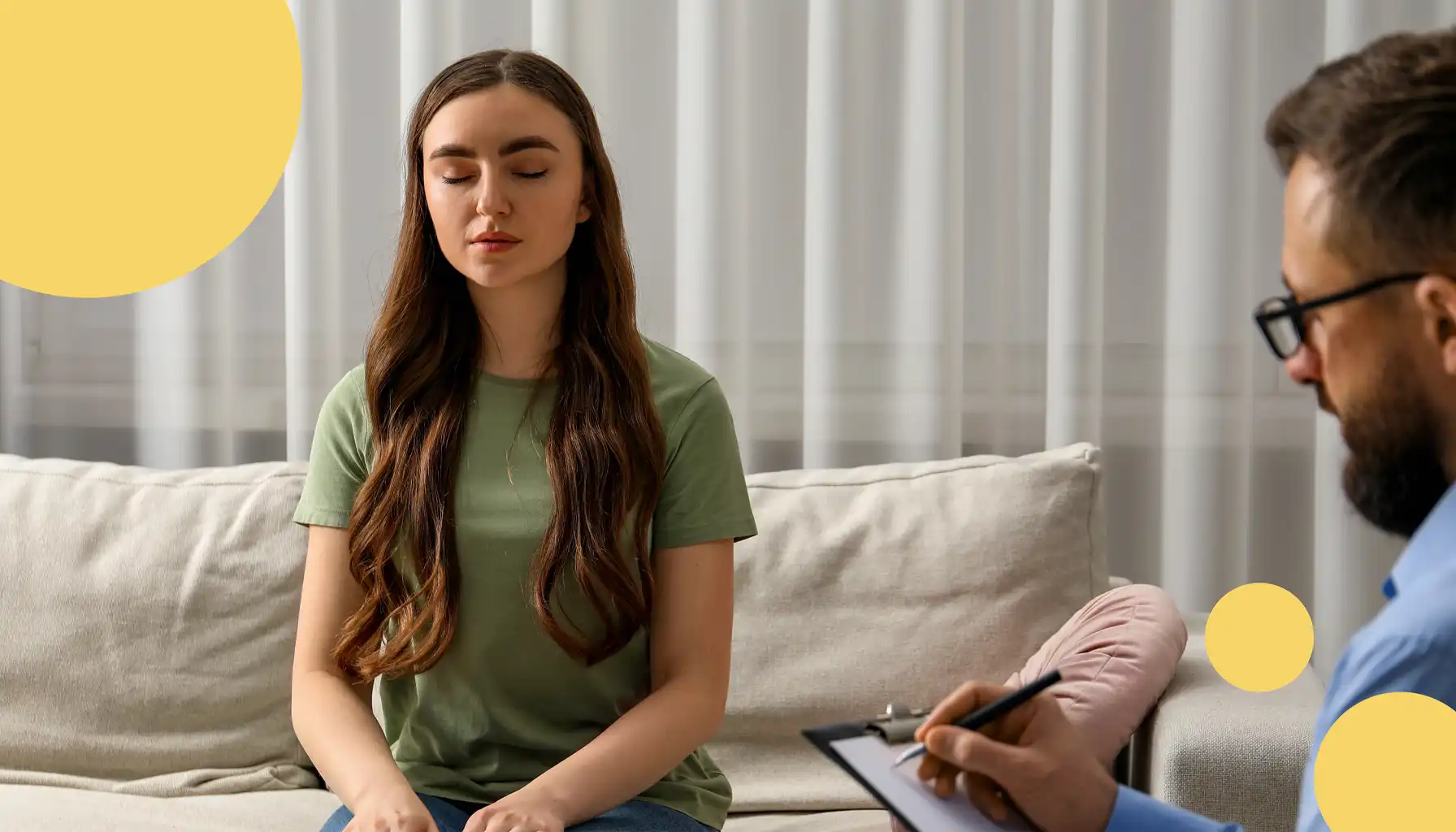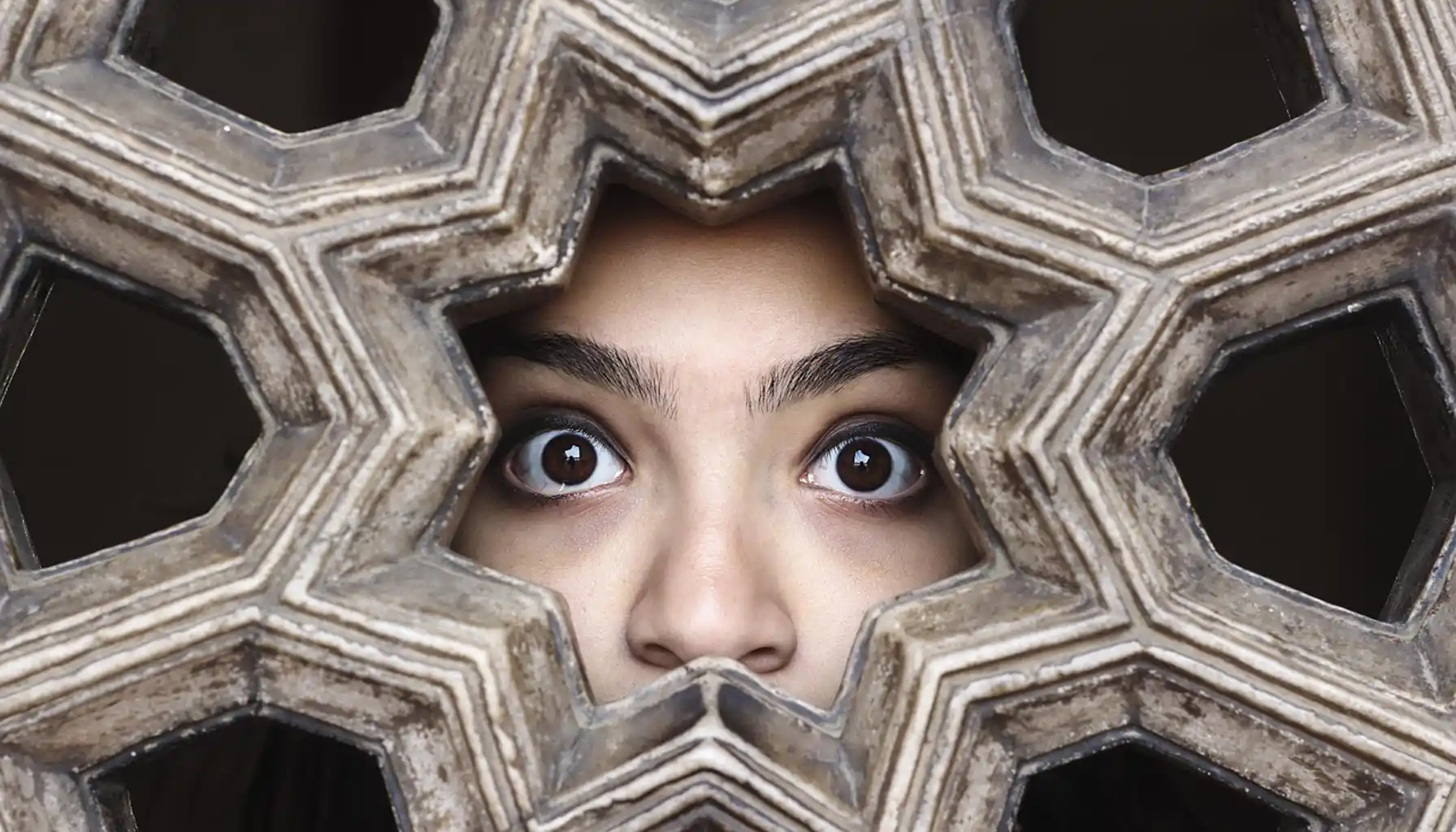Achluophobia: How to Cope with the Fear of the Dark

Contents:
The primal fear: the dense darkness may mask potential threats, and these may haunt you till the first rays of light.
Sometimes, our phobias come from ancient times when early humans faced real dangers hidden in the gloom – a menace that could mean life or death. This deeply embedded fear has evolved into what we now call achluophobia, an intense and often overwhelming fear of darkness (or, rather, something “living” in the dark).
The clinical picture of this disorder often involves vivid, terrifying mental images and a constant sense of something waiting to injure or attack. Nevertheless, the etiology and coping strategies are often more complex than they initially appear. So, what is the clinical achluophobia definition? How to mitigate the symptoms, and how can brain training boost the ability to manage and overcome this fear?

Firstly, What Is Achluophobia, Fear of Darkness?
Achluophobia (also referred to as nyctophobia, scotophobia, or lygophobia) is an anxiety disorder that consists in the persistent fear of darkness (the absence of light) and the things presumably hidden there. It is not a general discomfort that can be triggered by low-light environments but a genuine specific phobia, i.e., a clinically acknowledged dysfunction characterized by an irrational fear response to a particular stimulus. The outcomes can be quite devastating, but these will be discussed further.
Related article: Specific Phobias: Definition, Types, and Clinical Overview
Origins and Causes of Achluophobia
The achluophobia meaning may be misunderstood at times. Nevertheless, it is a serious problem that must not be neglected at any age.
The origin of the fear can be explained by the most primitive survival mechanisms. In prehistoric times, darkness was considered dangerous, for predators and other possible threats could operate there while unseen. The association between darkness and risk has been passed through generations, which is why many may feel unsafe in such environments.
Although this can be a mild discomfort, people suffering from achluophobia become literally obsessed with the irrational dangers and get overwhelmed in the end.
Apart from the evolutionary domain, there are psychological dimensions to this matter. Some researchers, e.g., Sigmund Freud, supposed that this fear may be connected to separation anxiety disorder. That said, the fear of darkness might symbolize feelings of isolation, vulnerability, or abandonment experienced during early development. Hence, it is vital to comprehend that achluophobia is not always about external threats but those trapped deep inside.
See also: How Lack of Sleep and Lifestyle Factors Impact Your Body and Mind?

Achluophobia Symptoms and Experiences
Over the years, achluophobia has been thoroughly studied in terms of its (non)obvious symptoms and manifestations that can be overlooked. In general, these mainly stay within the emotional, cognitive, and physical frameworks, with the extremes including panic and severe anxiety. As a result, one's life may be significantly affected by this condition (not in a good way, though).
Type | Symptoms |
Emotional | Intense fear, overwhelming dread, feelings of impending danger |
Cognitive | Vivid and terrifying mental images, intrusive thoughts of harm or lurking threats |
Physical | Rapid heartbeat, sweating, trembling, shortness of breath, panic attacks |
Behavioral | Avoidance of dark places, reliance on bright lighting, withdrawal from activities involving darkness |
Let us state it one more time: the consequences may be too hard to cope with, especially when it comes to children, who are mostly affected by this condition, as per statistics. As such, sufferers may experience sleep paralysis, i.e., hallucinations of threatening figures, which can exacerbate their fear of darkness and contribute to anxiety around falling asleep or waking up in the dark.
Achluophobia Treatment Options
Therapy – this word is familiar to anyone who has stumbled upon certain dysfunctional experiences, but any type of treatment requires professional guidance in the first place. The methods that will be covered further should be conducted only by qualified healthcare specialists, such as licensed therapists, psychologists, or psychiatrists.
Exposure-Based Therapy
Exposure therapy, as the most common option, involves gradually and systematically introducing oneself to darkness in a safe, controlled setting. The process usually starts with mild exposure, with progression toward darkness step by step. Only when the outcomes seem positive, professionals may opt for the next "level" to hit.
Cognitive Behavioural Therapy (CBT)
Cognitive Behavioural Therapy is another popular solution that addresses the thought patterns and beliefs that comprise the phobia. Here is another perspective: patients work with a therapist to identify irrational fears, challenge them, and replace them with more adequate views. No wonder it is considered one of the most effective evidence-based treatments for specific phobias nowadays.
Progressive Desensitization
Similar to exposure therapy, progressive desensitization involves gradual exposure and relaxation techniques, which help patients learn how to enter a calm state before facing fear-inducing situations and coping with triggers as they are. This is when the automatic fight-or-flight response should be overcome, no less than that.

Hypnotherapy (Hypnosis)
When other techniques do not work, one may turn to a controversial but still fairly reputable option, i.e., hypnotherapy. In hypnotherapy, a trained professional guides the patient into a deeply relaxed and focused state to explore subconscious associations with darkness and reframe them. Nevertheless, the efficiency of this method is still questionable.
Complementary and Alternative Treatments
Some specialists may also recommend that one rely on additional (see alternative) methods, e.g., homeopathy or herbal remedies. While the first is employed by some as a supportive approach (though scientific validation is minimal), the latter involves the use of calming herbs like chamomile, valerian root, and lavender to reduce general anxiety (but professional guidance is MANDATORY anyway).
Coping Strategies and Support
Nonetheless, it is vital for anyone to support themselves and appeal to complementary techniques, which are to boost the efficiency of the primary treatment and help healthcare specialists help you in turn. Here are the measures one can take, no matter how deeply the fears have taken hold.
Gradual Self-Exposure Outside of formal therapy, gently increasing time spent in slightly dimmer environments to desensitize the fear response. However, if the fear is too strong, please do not take any action without permission from the doctor. |
Relaxation Practices Incorporate deep breathing, mindfulness meditation, or progressive muscle relaxation into a daily routine to lower genetic anxiety levels. These are especially useful before bedtime or when dark conditions are anticipated. |
Comforting Sleep Environment Create a safe space for you to sleep. This might include maintaining a low-level night light, using soothing scents like lavender, or playing calming background sounds to reduce anxiety and stay distracted from the fear. |
Lifestyle Changes Adjust your routine to introduce regular exercise, balanced nutrition, and adequate sleep. Do not forget to drink water and stop drinking alcohol, consuming caffeine, and smoking cigarettes (at least before you go to sleep). This should keep anxiety levels in check. |
Cognitive Trainings Engage in structured brain-training activities, just like the ones provided by Mind Elevate. Strengthen mental resilience and improve focus to help you manage fear responses via more than 35 games across categories like memory, attention, logic, math, and music. Follow personalized workouts and track your progress in real time. |
Darkness is only powerful if you let it be. Take control over your phobias, and let the night become your ally despite the fears.





